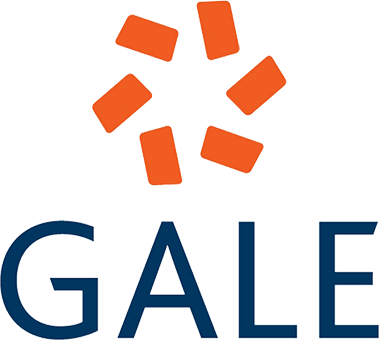Perkütan Nefrolitotomide Dilatasyon Tekniklerinin Karşılaştırılması; Tek Basamaklı ve Sıralı Dilatasyon
Mehmet Sevim1, Okan Alkış1, İbrahim Kartal1, Fatih Uruç2, Bekir Aras11Kütahya Sağlık Bilimleri Üniversitesi Tıp Fakültesi Üroloji Anabilim Dalı, Kütahya, Türkiye2Üroloji Anabilim Dalı, Bahçeşehir Üniversitesi Tıp Fakültesi, İstanbul, Türkiye
GİRİŞ ve AMAÇ: Bu çalışmada, perkütan nefrolitotomi uygulanan hastalarda akses için kullanılan tek basamaklı dilatasyon ve sıralı dilatasyon tekniklerinin sonuçlarının karşılaştırılması amaçlandı.
YÖNTEM ve GEREÇLER: Çalışmada, Temmuz 2017 ile Aralık 2020 tarihleri arasında perkütan nefrolitotomi uygulanan 159 hastanın verileri retrospektif olarak değerlendirildi. Dilatasyon yöntemleri; demografik özellikler, ameliyat süresi, floroskopi süresi, hemoglobin düşüşü, kreatinin artışı, komplikasyon oranı, hastanede kalış süresi ve ameliyat başarı oranı açısından karşılaştırıldı.
BULGULAR: Yetmiş dokuz hastaya tek basamaklı dilatasyon, 80 hastaya sıralı dilatasyon uygulandı. Ortalama ope-rasyon süresi tek basamaklı dilatasyon grubunda istatistiksel olarak anlamlı düşük saptandı (sırasıyla 51,14±22,33 ve 60,19±18,91 dakika) (p<0,01). Floroskopi süresinin ise tek basamaklı dilatasyon grubunda sıralı dilatasyon grubuna göre daha düşük olduğu görülse de istatistiksel olarak anlamlı fark saptanmadı (sırasıyla 119,70±51,03 ve 136,54±44,24 saniye) (p>0,01). Başarı ve komplikasyon oranı açısından tek basamaklı dilatasyon ve sıralı dilatasyon grupları arasında fark bulunmadı (%91-%85,0 ve %11,3-%15) (p>0,01).
TARTIŞMA ve SONUÇ: Tek basamaklı dilatasyon tekniği, perkütan nefrolitotomi operasyonu düşünülen hastalarda güvenle kullanılabilen; komplikasyon oranlarını artırmadan doğrudan giriş, operasyon ve floroskopi sürelerinin azalmasına katkı sağlayan başarılı bir giriş yöntemidir.
The Effects of Dilation Technique in Percutaneous Nephrolithotomy: One-Shot Versus Sequential Dilation
Mehmet Sevim1, Okan Alkış1, İbrahim Kartal1, Fatih Uruç2, Bekir Aras11Department of Urology, Kütahya Health Sciences University Faculty of Medicine, Kütahya, Turkey2Department of Urology, Bahçeşehir University Faculty of Medicine, İstanbul, Turkey
INTRODUCTION: In this study, the authors aimed to compare the results of one-shot dilation (OD) and sequential dilation (SD) techniques which are used to access in patients who had undergone percutaneous nephrolithotomy (PCNL).
METHODS: The authors retrospectively evaluated the data of 159 patients who had undergone PCNL between July 2017 and December 2020 in our clinic. The dilation methods were compared concerning demographic characteristics, operation time, fluoroscopy time, hemoglobin decrease, creatinine increase, complication rate, length of hospital stay, and operation success rate.
RESULTS: While OD was applied to 79 patients, SD was applied to 80 patients. The mean length of operation time and fluoroscopy time were shorter in the OD group than SD group (51.14±22.33 vs. 60.19±18.91 min, 119.70±51.03 vs. 136.54±44.24 s, p<0.001 p=0.028, respectively). The mean operation time was found to be statistically significantly lower in the OD group (51.14±22.33 and 60.19±18.91 min, respectively) (p<0.01). Although the duration of fluoroscopy was lower in the OD group than in the SD group, no statistically significant difference was found (119.70±51.03 and 136.54±44.24 s, respectively) (p>0.01). No differences were found between OD and SD groups in terms of success and complication rate (91% vs. 85.0% and 11.3% vs. 15%) p≥0.05 (p>0.01).
DISCUSSION AND CONCLUSION: The OD technique is a successful access method that can be utilized safely in patients considered for PCNL operation, contributing directly to the reduction of entry, operation, and fluoroscopy times without increasing complication rates.
Makale Dili: İngilizce




















